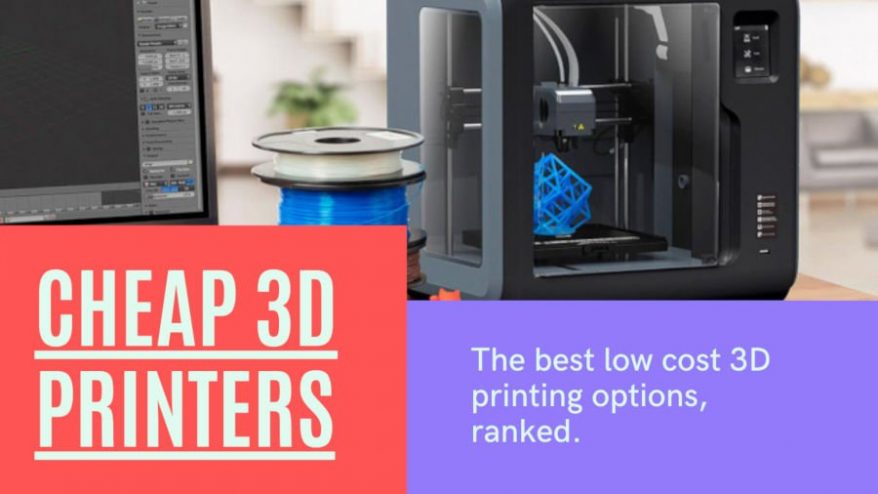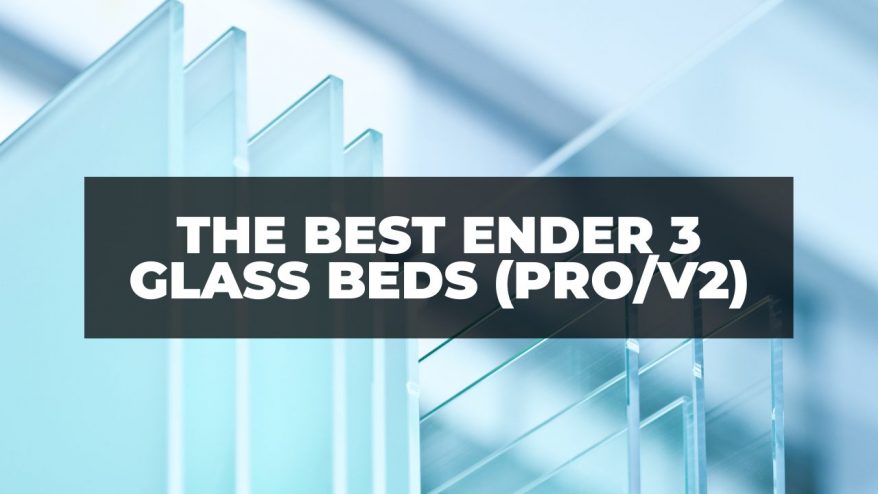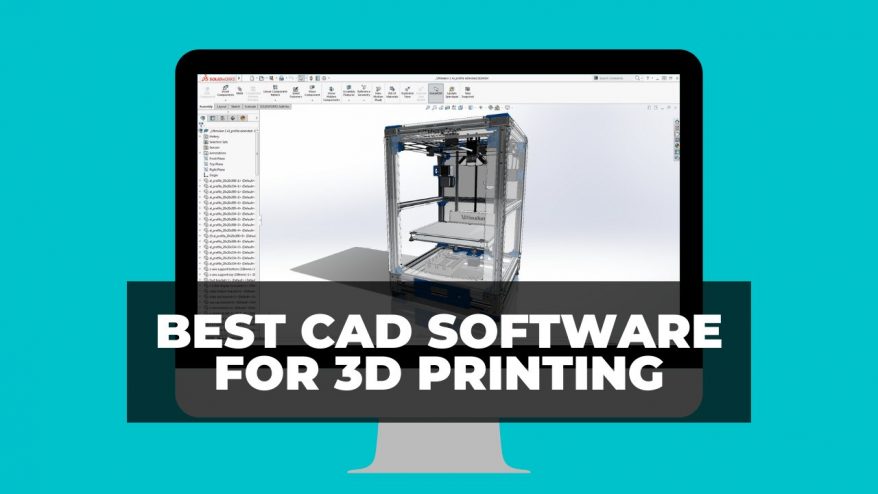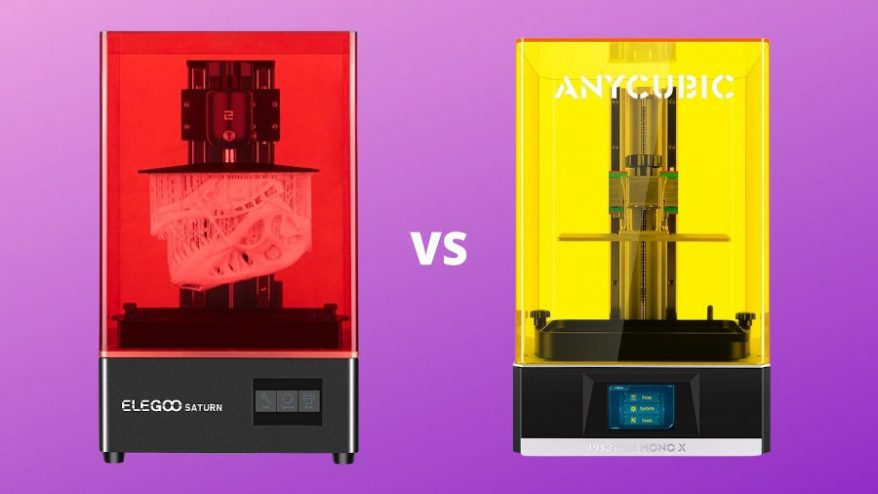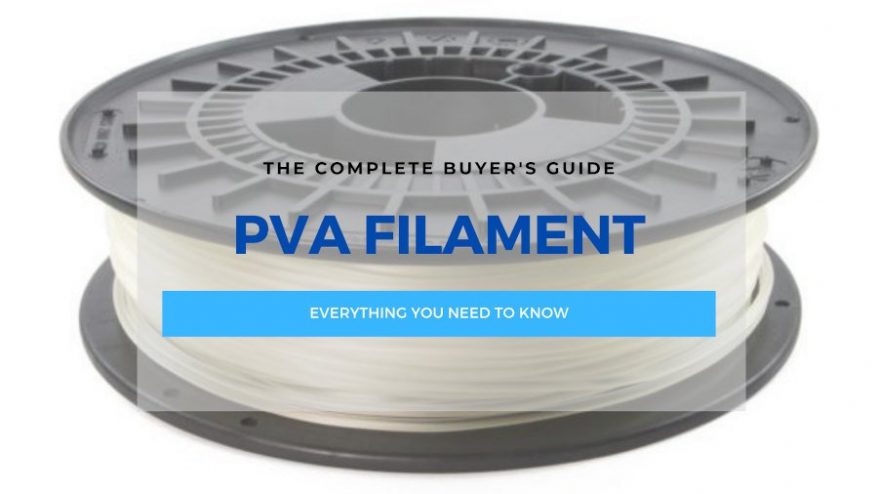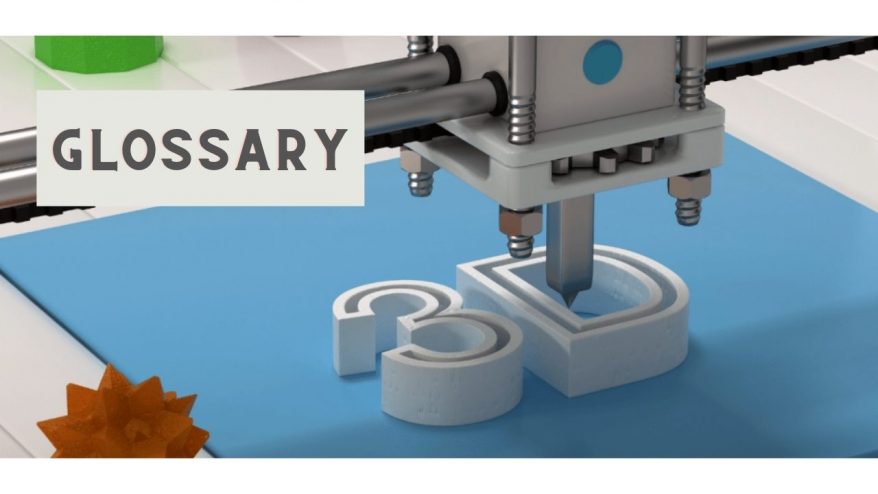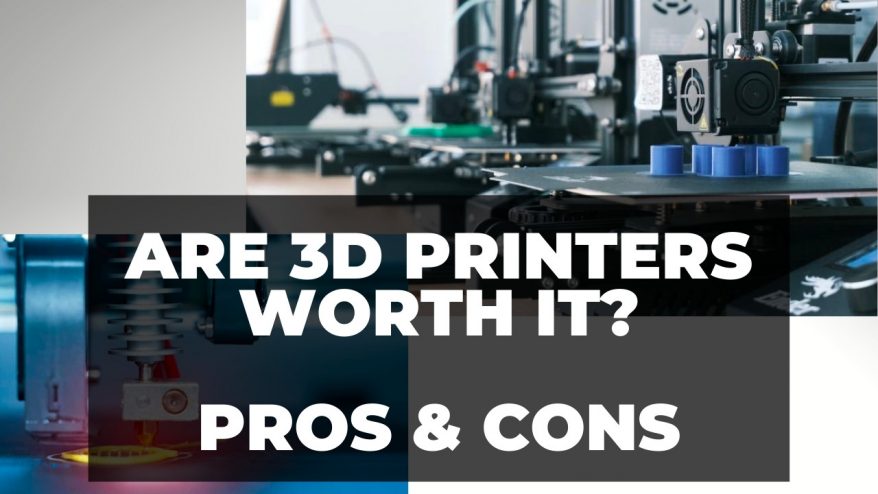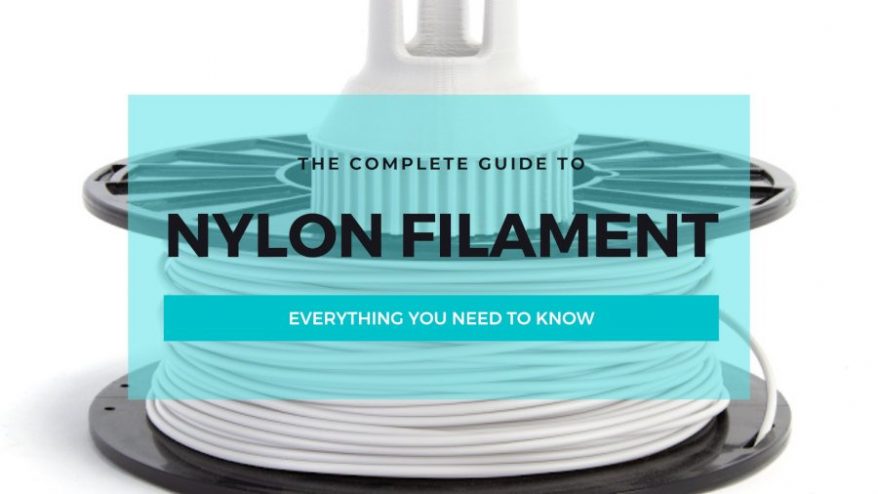
Can You 3D Print Gold? The Complete Guide to Gold & Gold Filament 3D Printing


At 3DSourced we’ve covered everything 3D printing and 3D since 2017. Our team has interviewed the most innovative 3D printing experts, tested and reviewed more than 20 of the most popular 3D printers and 3D scanners to give our honest recommendations, and written more than 500 3D printing guides over the last 5 years.
3D printing gold is in theory no different to any other type of metal printing. In practice however, there is more to be considered.
Gold’s properties make it unsuitable for some of the more reliable and accessible metal 3D printing techniques. However, these same difficult properties make it suitable for methods previously considered too specialist or expensive.
Whilst yes, you can 3D print gold using the same techniques as you would to 3D print any other metal, as you’re about to see, some will produce far better results than others.
However, hobbyists have more recently taken to mimicking gold with gold filaments that retain the metallic aesthetic and shiny gold color. This gets you most of the look, but without the cost or difficulty.
This article both explains how you can 3D print precious gold metal with metal 3D printing, as well as these more accessible alternatives.
So, with that in mind, how exactly can you 3D print gold?

3D Printing With Gold Filament
Metal filaments, also known as metal-filled filaments, are perhaps the most accessible way of 3D printing metal. These filaments are made from a mixture of metal powders and a polymer — usually PLA filament.
Mixing the metal with polymers means that even at high concentrations, metal filaments can be extruded through most FDM 3D printers. Additionally, these prints have similar properties to solid metal. They can be polished, magnetic, and even patinaed.

Any metal can be used to create a metal filament, including gold. However, doing so is very impractical.
As a precious metal, one of gold’s defining features is its expense. Whilst it is true that gold filament can be made, doing so is simply too expensive to try. For example, if a manufacturer produced 1kg of gold filament, and used enough gold powder to make it resemble solid gold, then the resulting single spool would cost tens of thousands of dollars.
The current price of gold is around $58,000 per kilo. Standard filament mixes are usually around 30% of the mixed material, and 70% PLA. The cost of the gold, not including any work to mix it into the filament, would therefore cost over $17,000.
The result is that gold-filled filaments are essentially unavailable for purchase. Even if a customer was willing to buy the product, no company is currently manufacturing it. In fact, the closest we’ve ever gotten was an April fool’s joke. In 2019, XYZprinting announced their new “24 carat gold filament,” with a pre-order price of $50,000 per 1kg spool.
What About “Gold Colored” Filaments?
For people still keen on using an FDM printer, there is the option of using gold colored metal filaments. These are usually mixtures of bronze or copper powders with colored polymers.
They’re great for fun maker projects designed to resemble and mimic gold, though they won’t help those striving to 3D print precious metals.

So, with gold-filled filaments ruled out, printing gold rings on your home FDM printer is a non-starter.
However, there are ways around this. As our next method demonstrates, you can still 3D print your own gold, you’ll just need a more specialized 3D printer.
DMLS 3D Printed Gold
Direct Metal Laser Sintering (DMLS) is the closest we have to a true “gold 3D printer.”
The process again uses metal powders, but rather than being held in a polymer solution, lasers are instead used to fuse the powders together into a 3D object.
The process begins with the DMLS machine’s print bed being coated with a layer of gold powder. Lasers then fuse this powder into the object’s first layer. The print bed is then lowered, another layer of powder is applied, and the process is repeated. Once complete, the final object can be retrieved from the unsintered gold poweder it is submerged in.

Reusing 3D Printed Gold Powder
DMLS stands out as a more efficient way of 3D printing gold. Unlike metal filaments, DMLS prints are solid gold and therefore aren’t diluted with polymers.
Gold powder is still expensive though, and not all the powder used in DMLS ends up in the final object. Instead, much of the powder is simply unused, with the lasers fusing around them each layer.
This could be a significant issue. Wasted gold powder ultimately results in wasted money. However, depending on the DMLS machine used, wastage isn’t necessarily a problem.
Although material loss can occur, most precious metal specific DMLS machines are designed to preserve as much unused material as possible.
Product artist, Lionel T Dean, addressed this whilst revealing his collection of 3D printed jewelry in 2015:
“when we started off, we were using a regular laser sintering machine, but this has a lot of cavities and places where powder can get trapped and lost. Obviously with the high value of gold powder, it’s important to capture every speck of material.”
Lionel T Dean
So, DMLS results in solid gold prints and doesn’t waste gold powder. However, despite how effective DMLS could be for 3D printing gold, it is too expensive for most gold uses.
Disadvantages Of DMLS Gold Printing
DMLS machines are large and industrial 3D printers. They cannot simply be ordered online like a typical FDM 3D printer. Instead, conversations with the manufacturer will have to be arranged, and lead times can be long.
Prices aren’t readily available as manufacturers will usually tailer their quotes specifically to their clients. But as a guide, DMLS machines rarely cost less than $50,000 and can cost up to $1 million depending on the operation’s scale.

This makes purchasing a DMLS machine unrealistic for most individuals wanting to 3D print their own gold. However, the technique has seen success as a gold printing service instead.
We also have a buyer’s guide for metal 3D printers
DMLS and Gold 3D Printing As a Service
The process of using a gold 3D printing service is like any other. Customers design their model in 3D modeling software, the file is sent to the 3D printing company, they provide a quote, and if accepted, they 3D print the object in gold.
Although a service fee must be paid, using a DMLS service remains an affordable and practical way for individuals to turn their designs into gold.
But what if you want to produce your design yourself? Perhaps you prefer more control over the final piece, or want the satisfaction of 3D printing your own gold? Well, there is one final option.
Lost Wax Casting
Lost wax casting is an ancient method of forming precious metals. The technique is potentially as old as recorded history, with some archaeological finds believed to be lost wax cast in 3700 BC.
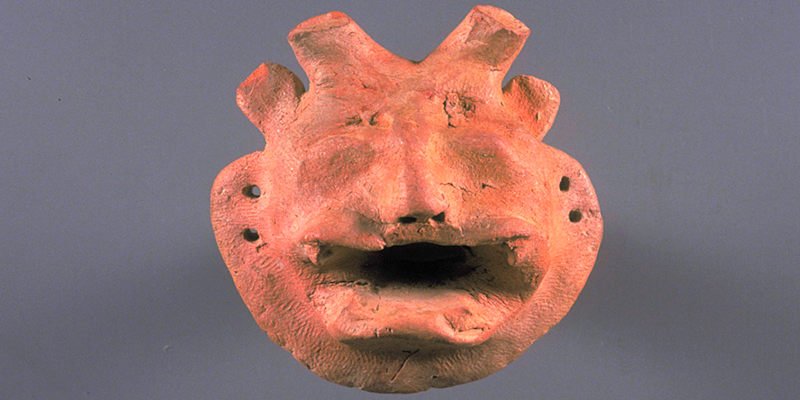
Remarkably, the technique has changed little throughout the centuries, and is still used by professional jewelers today. But this doesn’t mean that the introduction of 3D printing hasn’t created new opportunities for the process.
The Process
In general, lost wax casting begins with a design sculpted in wax. Wax sprues are then attached to the sculpt. The sculpt is then molded in plaster, but the end of the sprues are left exposed in the bottom of the mold.
The mold is then heated, melting the wax but leaving the plaster intact. Because the sprues were connected to an opening in the bottom of the mold, as they melt they become channels that the rest of the wax and any trapped gases can flow out of.
With the wax gone, the plaster mold will be left with a negative impression of the original design. This mold can then be flipped, with the channels now serving as funnels for the molten gold to be poured into.
The gold will flow into the negative impression, creating a positive golden cast of the original wax design. Once the gold has set, the plaster can either be broken open, or dissolved in water, leaving behind a golden object. Once polishing or other finishing has been applied, the piece is complete.
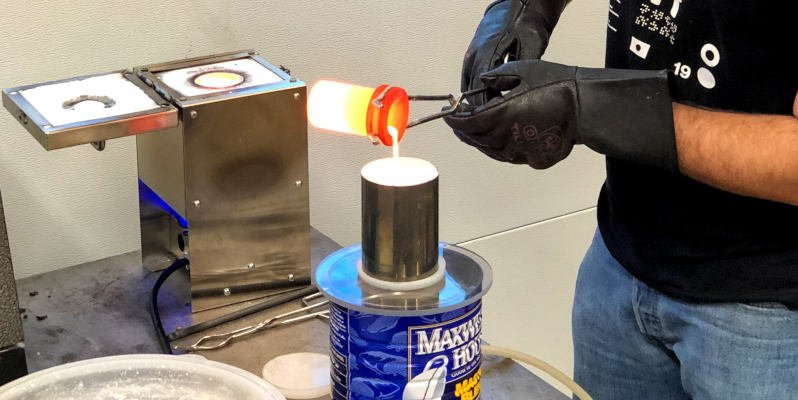
Not only does lost wax casting produce solid gold objects, but it also does so without expensive machinery. In fact, the equipment needed to cast gold rings can easily cost less than $100 (excluding the gold and a 3D printer), meaning that individuals can easily begin lost wax casting.
Resin 3D printers capable of 3D printing jewelry are cheaper than ever before. Though not as accurate as more expensive printers, you can now buy LCD printers with adequate precision to create detailed wax molds, costing just $200.
Check out our buyer’s guide for resin 3D printers
We also have a buyer’s guide for 3D printers for jewelry
The Impact of 3D Printing of Gold and Precious Metal Production
3D printing’s involvement in the process is minimal, but still offers valuably opportunities.
Instead of manually sculpting an original wax design, the initial sculpt can instead be 3D printed in wax. This is perhaps less useful for artists who can already manually sculpt.
However, for designers already familiar with software sculpting, it’s an opportunity to turn their original models into gold. Additionally, it opens the door for any 3D printable object to be cast in gold, without needing expensive equipment or expertise.

More generally, another implication of 3D printing is the increased accessibility of the entire jewelry making process.
3D printing gold: for entrepreneurs
A growing trend is for individuals to start their own jewelry businesses. However, instead of renting factories or workshops, these individuals will outsource all the labor other than the original wax 3D print.
You can also check out our guide to starting your own 3D printing business
These entrepreneurs use local jewelry districts to cast their own 3D designs and create custom gold or other precious metal pieces on-demand, and without owning any equipment.
As gold retains its value when processed into jewelry, such a venture is relatively low risk, as unsold products can still be sold as metal for only a small loss. Additionally, because the various services within jewelry districts are in competition, labor prices are generally fairly cheap.

3D printing the wax models makes the process even more accessible. These entrepreneurs once had to design or commission their pieces. But now, 3D printing allows them to instead print wax models ready for casting, saving them valuable time and money.
With suitable 3D printers starting at $200, and stunning 3D jewelry models buyable online for around $30, 3D printing has become an essential part of these entrepreneur’s processes.
Is Lost Wax Casting for You?
Despite this, 3D printing hasn’t revolutionized the process. Lost wax casting remains a slow and labor-intensive way of 3D printing gold.

Large or complex objects can take days to complete, though a gold ring can be made in a few hours. Additionally, and like any skill, it requires practice to get reliable results, with every cast being affected by the jeweler’s skill.
Ultimately, lost wax casting is a great opportunity for individuals and small businesses to try 3D printing their own gold. However, for operations large enough to justify the expense of a DMLS machine, lost wax casting will largely be overlooked for its consistent and automatic production.
Which Method Should You Use?
Regardless of the method used, 3D printing with gold will always remain an expensive prospect. Not because the technology available is lacking, but rather because working with gold will always be expensive.
Having said that, if your operation is big enough to justify it, DMLS machines will serve you well. Otherwise, consider using a gold 3D printing service, or if you’re brave enough, lost wax casting your own 3D printed gold.







